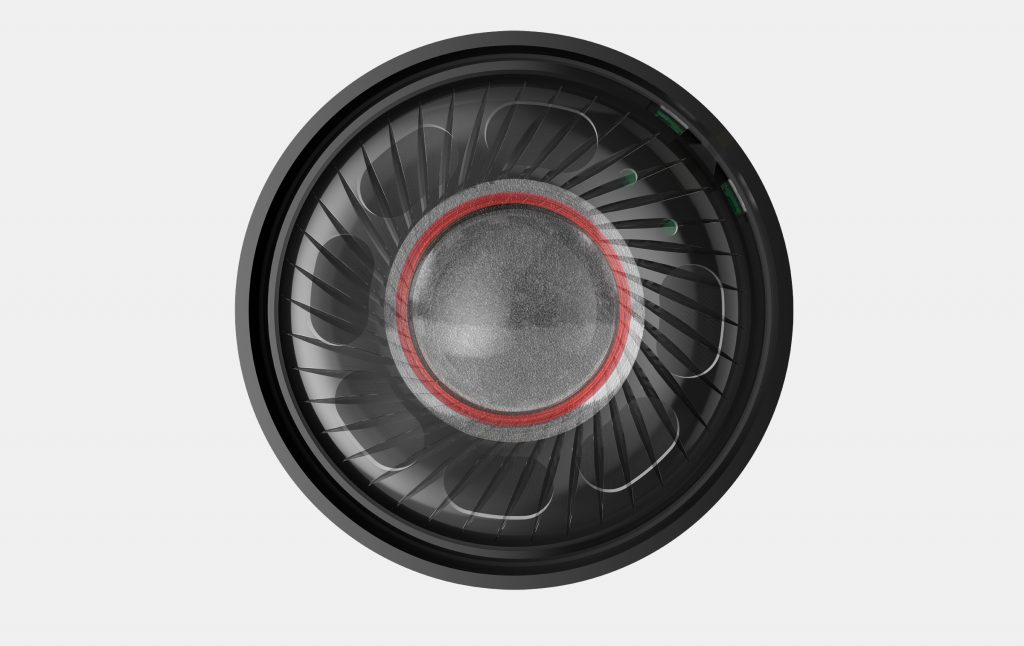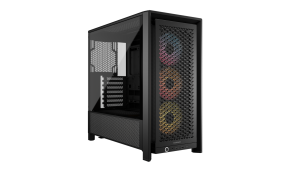Corsair Virtuoso RGB Wireless Review
Subjective listening test
All features and novelties aside, what matters is how a headset influences or expresses its input signal. That is ultimately where the rubber meets the road. I’d like to give a simple answer here, but since tonal preference is almost entirely subjective, that won’t be possible. Over the weeks the Virtuoso RGB was tested with Corsair’s ST100 Headphone stand, standalone USB/Wireless connection and finally with the ASUS SupremeFX USB DAC and X-Fi Fatal1ty HD sound card.

Generally, it seems that the drivers are significantly more capable than what you’d naturally hear via USB or Wireless connection. The audio circuitry within though, I’m not sure is fully up to the task of driving the headphones. For some reason, audio lacks a distinct mid-range, resulting in quite a hollow experience. Using the any of the EQ presets doesn’t do much if anything to help here and in fact made the listening experience worse. Here’s hoping that this is something CORSAIR can improve upon via software/firmware updates.

That said, there is some reprieve if you go the custom EQ route, as it allows you to fill in a lot of the empty space you seem to get with this headset. It won’t fix all the oddities, but can help alleviate them. If you plug the headset into a more capable audio source however, the acoustic reproduction takes on a completely different character which goes a long way into justifying the choice of drivers . The sound stage remains as wide, but is now filled with an active mid-range that surprisingly doesn’t colour the sound. It’s still not prominent, but is much improved. The lower frequencies also have a lot more punch. Overall you can get sound that’s a lot warmer and much closer to what one would expect from the Virtuoso’s lofty ambitions. Compared to my old favorite Hyper X Cloud, the Virtuoso RGB Wireless simply sounds better.







